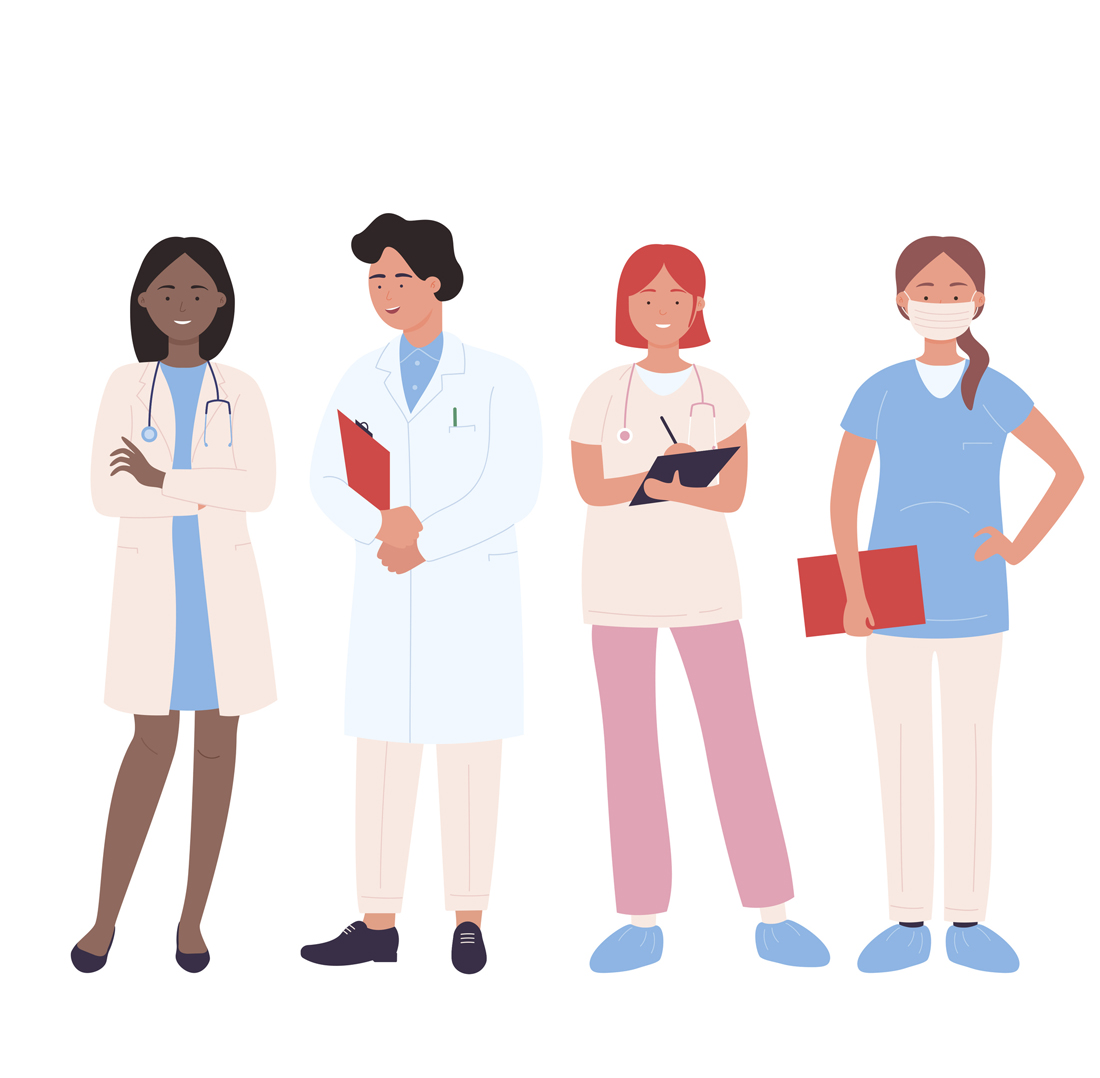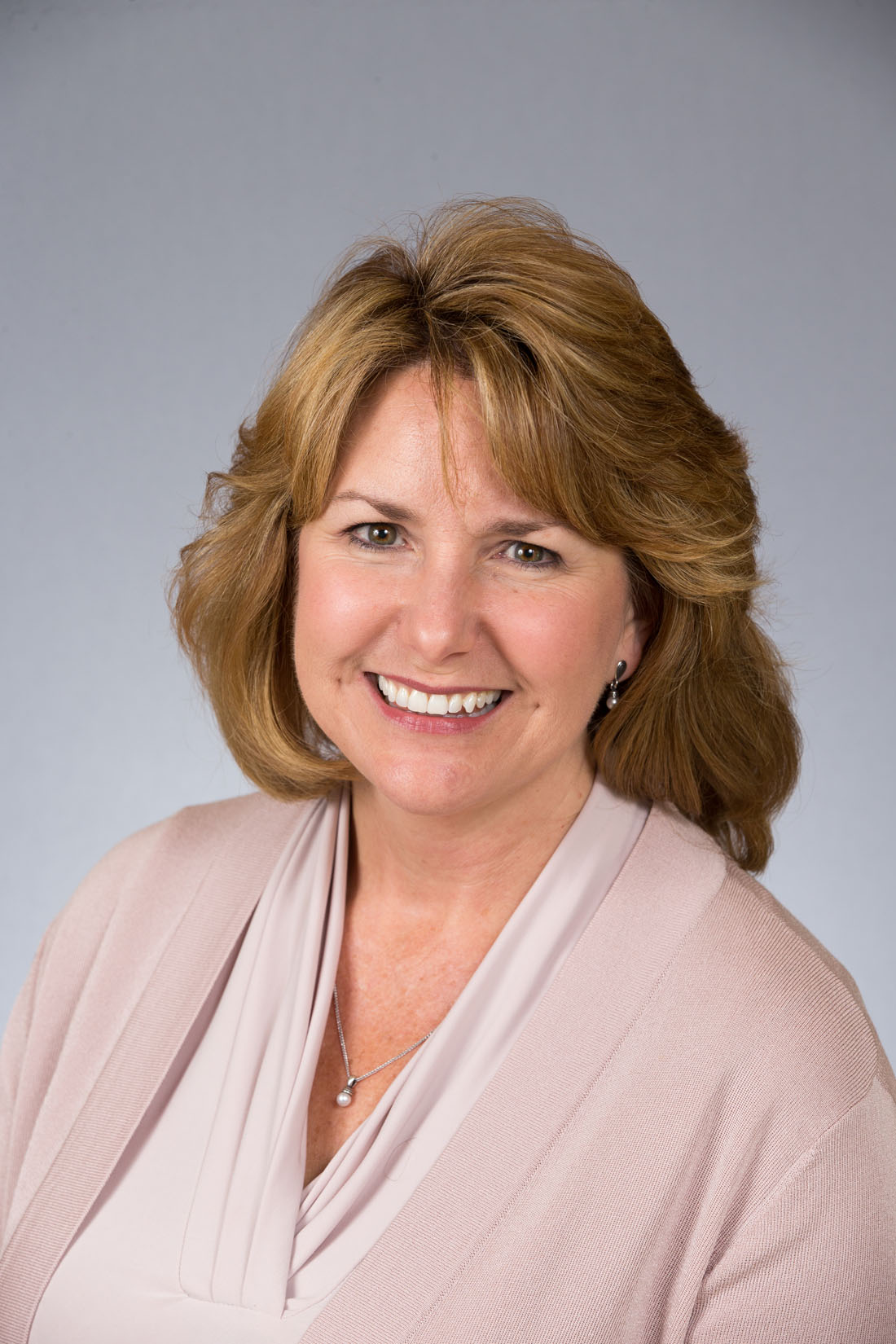College of Dentistry to aid in rural health care access

Of the 254 counties that make up the state of Texas, 30 have no primary care providers. Health care providers like physicians, dentists and other medical professionals can be hard to come by in rural areas of the state, and residents of those areas may not always have the time or money to make longer trips for appointments.
To assist in providing additional health care opportunities for some of these counties, Texas A&M College of Dentistry will be collaborating with the university’s School of Nursing and various school districts with the $4 million Texas A&M School of Nursing Mobile Care Access through Rural Engagement and Education (TXAN Mobile CARE) grant.
“The nursing school reached out to me four months ago to collaborate with them on a HRSA grant that would offer us an interprofessional education opportunity,” says Dr. Amal Noureldin, interim department head and clinical associate professor in public health sciences at the College of Dentistry. The award was announced earlier this month.
TXAN Mobile CARE will be used for rural health care engagement and education. According to the grant proposal, the project will primarily focus on six rural towns surrounding Texas A&M University’s flagship campus in Brazos County: Hearne, Jewett, Iola, Brenham, Burton and Roundtop. The grant will run for four years.
“These communities are targeted as they serve as the school district hubs of the surrounding rural and underserved counties,” the proposal reads. “Texas A&M University School of Nursing is centrally located to these communities in Brazos County. Superintendents of each of these school districts have identified significant health disparities in their students, families, and the residential population, which has been heightened by the COVID-19 global pandemic.”

Dr. Cynthia Weston, associate dean for Clinical and Outreach Affairs in the School of Nursing and TXAN Mobile CARE project director, says that the program will begin immediately. However, the first year will be focused on capacity building. Dental students will be brought in the summer of 2023. Students from the nursing program, dental school and Texas A&M School of Public Health as well as doctoral psychology students will have the opportunity to gain experience through the school-based clinics the program will establish.
“We will not only serve students but also faculty, staff, parents and the community,” Weston says. “These clinics will be run by family nurse practitioners with registered nurses and community health workers while serving as a clinical training opportunity for BSN and master’s level family nurse practitioner students. Dr. Noureldin will bring dental students to work in interprofessional teams including our nursing students and public health students to conduct dental assessments and application of sealants, along with dental health education.”
Weston adds that TXAN Mobile Care is also designed to recruit future nurses from rural and diverse areas of the state. Students from the school districts will get to take part in career exploration events while the clinics are set up.
This project addresses the CODA Accreditation Standard 1–9 that states, “The dental school must show evidence of interaction with other components of the higher education, healthcare education, and/or healthcare delivery system.” It is also in congruence with the Texas A&M Health’s VISION360 imperative to develop next generation interprofessional education. It is also aligned with the four pillars of Texas A&M’s Vision 2020-2030: transformational education; discovery and innovation; impact on the state, nation, and world; and the university as a community.
“This will be an amazing opportunity for our dental students,” Noureldin says. “They will get some excellent experience in their fields and will get to collaborate with others in different medical professions. It will also be a chance to make a positive impression on young people who visit these clinics, and maybe even pique their interest in a future dental career.”
This project is supported by the Health Resources and Services Administration (HRSA) of the U.S. Department of Health and Human Services (HHS) as part of award 1UK1HP46064 totaling $4M with 0% percentage financed with non-governmental sources. The contents are those of the author(s) and do not necessarily represent the official views of, nor an endorsement, by HRSA, HHS, or the U.S. Government. For more information, please visit HRSA.gov.